Echoes Of Laurel Canyon - Part Ten
Ghost Of DARPA Past, DARPA Present, And DARPA Future
In this series, you will see that a fundamental premise is that the CIA overthrew Hollywood like it was a country in 1947. I created a graphic called “Operation Hollywood” with the Capitol Dome descending on Lookout Mountain in Hollywood to visualize this CIA takeover of Tinseltown in the earliest days of the CIA’s beginnings.
Today, I would like to be much more specific about the klatch of DARPA insiders who really took over Hollywood and the future of all modern science, not the CIA rank and file in general, who were just as surprised as the rest of us by the political and scientific developments of the 20th and 21st Centuries. DARPA was always going to be the “Inside Chess” group at the CIA, with the CIA rank and file being onlookers like everyone else.
Detailed Summary
The article argues that Hollywood was effectively “occupied” by U.S. intelligence when the Central Intelligence Agency (CIA) was created in 1947, symbolized by the Air Force’s film studio at Lookout Mountain in Laurel Canyon that churned out classified motion pictures for the national-security state.
Over the next seven decades, the author contends, a tiny clique of technocrats inside what became the Defense Advanced Research Projects Agency (DARPA) acted as the real “inside chess club,” steering both U.S. foreign policy and popular culture while ordinary CIA and State-Department staff looked on.
Drawing on the model set by the Dulles brothers, this DARPA cadre allegedly fused imported Nazi scientists (via Operation Paperclip) with a new partnership with Israel’s Mossad to run covert “mass-formation-psychosis” events and to script heroic mythologies that disguised clandestine projects.
Central to that mythology, the piece says, was Richard M. Bissell Jr.—architect of the U-2, Keyhole, CORONA, and the Atlas launch system—who simultaneously chaired the CIA’s secret Health Alteration Committee. Bissell’s breakthroughs were showcased in slick industrial films—and even Disney features—to portray the insiders as saviors of the free world while concealing their darker bio-warfare and assassination programs.
The paper then traces the lineage of those programs into the 21st century: General Dynamics and General Atomics (once managed by ex-FBI agent I. B. Hale) still supply rockets and drones; Roger Krone, long-time defense executive, sits on United Launch Alliance’s board after running Leidos; and DARPA’s ADEPT initiative foreshadowed today’s rapid mRNA counter-measures.
Finally, the author explores how figures such as Rodney Allen Fisk (who allegedly bartered uranium from 20,000 Soviet missiles) reveal the same insider footprint inside USAID and current State-Department nuclear negotiations—warning that unless exposed, yesterday’s DARPA “ghosts” will keep writing tomorrow’s history.
People
PersonDescription
Allen W. Dulles - Director of Central Intelligence from 1953–61, Dulles oversaw the CIA’s explosive Cold-War expansion and green-lit covert actions from Iran to Cuba. He fostered tight links with industry and Wall Street that became the template for later DARPA–contractor relationships. Dulles personally sponsored Richard Bissell and approved the CIA’s “health-alteration” plots, embedding clandestine capability inside otherwise white-shoe projects. Even after his forced resignation over Bay of Pigs, he remained an éminence grise, serving on the Warren Commission that probed JFK’s death.
John Foster Dulles - As Secretary of State (1953-59) and Allen’s older brother, he cultivated a militant anti-communist foreign policy known as “massive retaliation.” His tight coordination with CIA covert operations blurred diplomatic and intelligence boundaries and encouraged technology-driven intervention—an ethos inherited by DARPA insiders. The brothers’ synergy illustrates the article’s thesis that small familial networks can steer vast bureaucracies. His death in 1959 elevated younger technocrats, including Bissell, to even greater autonomy.
Henry A. Kissinger - National Security Adviser and later Secretary of State (1969-77), Kissinger is portrayed as the loyal Dulles protégé who assumed “ringmaster” duties after Allen’s death. He institutionalized real-time technology briefings, SATINT, and biotech diplomacy—linking him to the DARPA worldview of crisis management through R&D. Critics see him as the civilian face of covert power, shaping narratives from Vietnam to shuttle diplomacy. His career demonstrates how DARPA’s technocratic class merged with high-level diplomacy.
Richard M. Bissell Jr. - A Yale-trained economist turned spymaster, Bissell ran the U-2, CORONA, Keyhole, and Bay of Pigs projects while secretly chairing the CIA’s Health Alteration Committee. He pioneered the reuse of Nazi rocket engineering for U.S. reconnaissance and later bio-defense, embodying the “Nazi rockets to Nazi needles” pivot described in the article. Bissell aggressively used film and TV—sometimes with Disney’s help—to craft a heroic image that masked darker programs. The author casts him as both the architect of JFK’s downfall and the spiritual father of DARPA storytelling.
I. B. Hale = Former All-American tackle turned FBI agent, Hale became chief of industrial security at General Dynamics/Convair, guarding the Atlas missile project. Intelligence files link him to surveillance of Lee Harvey Oswald and to black-ops funding streams around the TFX scandal, placing him on the article’s JFK chessboard. His family’s proximity to CIA operations illustrates how defense-industry security chiefs acted as covert enforcers for DARPA and CIA planners. Hale’s story also ties Hollywood (his twin sons became notorious in California) to aerospace secrecy.
Roger A. Krone - A 45-year aerospace veteran, Krone led Boeing network programs, chaired Leidos, and served as board chair at United Launch Alliance before becoming Chief Scout Executive of Scouting America in 2023. The article cites his continued presence at ULA as evidence of a living bridge between Bissell-era launch systems and 21st-century DARPA projects. Krone’s career reflects the revolving door between DoD contractors and “Big Science” management. His role emphasizes how legacy insiders still shape launch-vehicle strategy today.
John F. Kennedy - Thirty-fifth U.S. president (1961-63), JFK clashed with CIA over the Bay of Pigs and vowed to “splinter it in a thousand pieces,” making him a target in many insider conspiracy theories. The article argues DARPA-centric planners—fronted by Bissell—ordered his assassination to retain technological control. Historically he accelerated the Apollo program but distrusted covert R&D monopolies. His murder in Dallas became the fulcrum of modern skepticism toward the national-security state.
Robert F. Kennedy - As Attorney General (1961-64) and later senator, RFK authorized wiretaps yet investigated CIA plots, placing him at odds with the same DARPA faction. The article claims his 1968 assassination removed another obstacle to insider dominance of science policy. RFK championed civil-rights enforcement and opposed the Vietnam escalation, making him doubly threatening to hard-line technocrats. His death, weeks after announcing a presidential run, deepened public distrust of covert governance.
Walt Disney - Animation pioneer and entertainment mogul, Disney supplied the Pentagon with morale and training films during World War II and later cooperated with Cold-War public-relations campaigns. According to the article, Bissell recruited Disney’s studio prowess to glamorize DARPA-led space and spy programs, blending propaganda with popular culture. Disney’s mastery of heroic narrative made him an ideal partner for re-branding controversial projects as patriotic triumphs. His collaboration illustrates the Hollywood–intelligence nexus at the heart of “Operation Hollywood.”
Rodney Allen Fisk - Cited by author George Webb as a mysterious uranium trader who negotiated the dismantling of 20,000 Soviet missiles, Fisk exemplifies post-Cold-War shadow brokerage. Webb alleges that the uranium never reached its advertised destination in Piketon, Ohio, hinting at covert diversion. Little open-source material is available, leaving Fisk’s identity and affiliations obscure and possibly connected to Mossad or private intelligence networks. His tale is presented as a modern analog to earlier DARPA-facilitated technology capers.
Organizations & Programs
EntityDescription
Central Intelligence Agency (CIA) - Created by the National Security Act of 1947, the CIA oversees U.S. foreign intelligence collection and covert action. The article frames it as the public-facing shell inside which DARPA’s smaller technocratic circle operates. Throughout the Cold War it sponsored Hollywood productions, psychological-warfare campaigns, and clandestine biotech work. Internal units like the Health Alteration Committee reveal how assassination planning sat beside scientific R&D.
Defense Advanced Research Projects Agency (DARPA) - Born as ARPA in 1958 after the Sputnik shock, DARPA funds high-risk research to create “technological surprise.” The piece depicts a micro-elite of DARPA project managers as the true “deep state,” steering both foreign policy and mass-media narratives. DARPA programs—from Atlas boosters to ADEPT molecular vaccines—underscore its dual use of space and bio-engineering. Its culture prizes compartmentalization, letting small teams wield outsized power.
Task Force Orange Journal - Investigative Substack run by George Webb that documents alleged intelligence-industry collusion. It serves as the article’s publishing platform and promotes reader-supported “citizen intelligence.” Webb uses the journal to crowd-source research on covert operations ranging from bioweapons to Hollywood kompromat. Its role exemplifies alternative media challenging traditional gatekeepers.
U.S. Department of State - Established in 1789, the State Department manages American diplomacy and foreign assistance. State.gov The author argues that a few DARPA-aligned officials inside Foggy Bottom exert disproportionate control over nuclear and biotech policy. Public-facing diplomats handle routine affairs while insiders strike strategic tech deals. Recent USAID turmoil underscores how science-driven projects intersect with diplomacy.
Mossad - Israel’s external intelligence service, formally established in 1949, specializes in covert operations and targeted killings. The article claims early CIA/DARPA planners outsourced deniable false-flag tasks to Mossad in the post-war years. Joint operations allegedly included smuggling Nazi scientists and orchestrating “mass-formation” events. Mossad’s operational agility made it a valuable—but unacknowledged—partner.
General Dynamics & General Atomics - General Dynamics’ Convair division built the Atlas ICBM—later a key U.S. launch vehicle—while General Atomics (spun out of GD in 1955) now produces MQ-9 Reaper drones. Both firms illustrate the continuity of military-industrial players from Bissell’s era to present conflicts. IB Hale’s security office at GD linked missile development to intelligence surveillance. Their evolution from rockets to autonomous systems tracks DARPA’s shifting priorities.
United Launch Alliance (ULA) - Formed in 2006 as a Boeing–Lockheed joint venture, ULA flies Atlas V and the new Vulcan launchers for NASA and the Pentagon. Roger Krone’s board role symbolizes the hand-off from 1960s Atlas projects to modern heavy-lift rockets. ULA inherits both hardware and institutional knowledge rooted in ARPA-era programs. Its prospective sale and rivalry with SpaceX keep it at the center of defense-space politics.
Lookout Mountain Air Force Station - Operating in Hollywood from 1947-69, this secret film studio processed nuclear-test footage and other classified visuals. The author uses it as a literal stage set for “Operation Hollywood,” where intelligence agencies merged with entertainment. After deactivation, it became a celebrity residence, a reminder of hidden Cold-War infrastructure in Los Angeles. Its existence proves that filmmaking was integral to national-security storytelling.
Health Alteration Committee - A covert CIA panel authorized by Allen Dulles to devise non-traceable assassination methods, including poison pills for foreign leaders. Chaired by Richard Bissell, it epitomizes the fusion of medical research and lethal covert action. The committee’s very name illustrates the euphemistic language of clandestine science. Its legacy informs today’s concerns about weaponized biotech.
U-2 Spy-Plane Program - Conceived in 1954 and first flown in 1955, the Lockheed U-2 gave the U.S. unmatched high-altitude reconnaissance. Managed by Bissell, it proved the usefulness of combining advanced aeronautics with clandestine oversight. Its 1960 shoot-down triggered global scandal, highlighting risks of tech-driven covert ops. The program seeded later satellite initiatives such as CORONA and Keyhole.
Keyhole Reconnaissance Satellites - “KH” spacecraft like KH-11 (digital) and KH-9 HEXAGON (film) provided strategic imagery from 1971 onward. Born from CORONA’s success, they fulfilled DARPA/CIA ambitions for near-real-time space surveillance. Their code-word secrecy fostered an inner circle of technologists shielded from normal oversight. Keyhole branding became a metonym for clandestine photographic intelligence.CORONA ProgramTransferred to ARPA in 1958, CORONA delivered the first satellite photos of the USSR starting in 1960, revolutionizing Cold-War intelligence. It validated Bissell’s gamble on space-based cameras and justified massive investment in launch systems. CORONA also inaugurated the “write-your-own-history” trend, with declassified footage later recut into patriotic documentaries. Its architecture paved the way for Keyhole upgrades.
DARPA ADEPT - The Autonomous Diagnostics to Enable Prevention and Therapeutics program developed nucleic-acid countermeasures that presaged today’s rapid-response mRNA vaccines. ADEPT’s promise of “near-immediate immunity” embodies the article’s claim that wartime biotech sits one step from weaponization. The program closed officially, but its tool-chain migrated into commercial COVID-19 platforms. Critics worry the same pathway enables covert “health alteration” at the population scale.
Operation Paperclip - U.S. program that imported roughly 1,600 German scientists, including rocket and biowar experts, after World War II. Their expertise kick-started the Atlas missile, space medicine, and biochemical projects noted in the article. The secrecy surrounding their past war crimes set a precedent for ethics-blind technology transfer. Paperclip alumni became mentors to the first generation of DARPA insiders.
United States Agency for International Development (USAID) - Founded in 1961 to administer civilian foreign aid, USAID often channels science and health projects overseas. Webb argues that descendants of Bissell-era insiders now occupy senior aid posts, steering nuclear and biotech deals. Recent budget freezes and political tussles reveal how aid can be weaponized or withheld. USAID’s development façade thus overlaps with the strategic aims of the DARPA deep state.
My thesis is that this tiny group of DARPA insiders, in concert with a few intelligence organizations around the world, are actually quite in control of the seemingly shocking developments in our world—not a Deep State, but a DARPA Deep State. I have written a lot about how the Dulles Brothers were the insiders of the CIA and State Department who created this insider group that became the new ringmasters of Washington, DC.
The same picture could be drawn at the State Department that we had inside the CIA, where a small group of DARPA insiders control the actual foreign policy of the United States while underlings attend to the mundane workings of the State Department. The CIA and State Department worker bees with Top Secret Clearances have a better observation area than you do, but they are not moving the chess pieces like the DARPA insiders.
And these CIA DARPA insiders, who conscripted Nazi scientists after World War II and subcontracted false flag operations to the fledgling Mossad intelligence organization after World War II, are actually the group that calls the shots on “mass formation psychosis” events in America now and around the world.
Most of the names of both executives and operatives are unknown to the American public except Henry Kissinger, the faithful servant of Allen Dulles who took over the Ringmaster duties of Allen Dulles after his death. The big idea here is the same men who have conceived and executed the Mass Formation Psychosis events of the 20th and 21st centuries have also painted themselves the heroes of DARPA, from Space breakthroughs like the Atlas rocket to new vaccine technology like DARPA ADEPT.
You can see from early ARPA/DARPA documents how much IB Hale, General Dynamics, and General Atomics were involved in the development of the Atlas Rocket with Richard Bissell, and it is interesting his protege, Roger Krone, is still so involed in DARPA Project at United Launch Alliance today.
The transition from Nazi rockets to Nazi needles was well known and planned in 1947 by those that would become DARPA insiders like Richard Bissell at the very outset of the CIA. These same men would go on to be the men who ordered the deaths of John F. Kennedy and Robert F. Kennedy and any other man or woman who thought that science should be an open and independent pursuit where all nations share in the benefits of breakthrough technology.
The architect of the Kennedy Assassination, Richard Bissell, was also the man who ran the “Health Alteration Committee” at the CIA, which was an assassination Privy Counsel of sorts. But, Richard Bissell instead painted himself as the father of the US spy plane and the Keyhole satellite.
Bissell churned out industrial films of how he heroically saved America in its area of need against the Russians with record-breaking achievements and breakthroughs of the U2 spy plane, the Atlas rocket, and the series of Keyhole satellites.
For Bissell, no amount of self-promotion or self-adulation was grotesque, and the executor and executioner of the Health Alteration Committee bathed himself in rocket and satellite achievements, all of which had been on Nazi Paperclip drawing boards two decades before.
The real innovation of DAPRA insiders like Bissell was not the retooled Nazi rocket and bioagents on their drawing boards of the 1940s, but rather in DARPA storytelling and hiring master storytellers like Walt Disney to make Bissell the heroes of the story.
Our job now is to look beneath the Disney storytelling of DARPA to expose the true individuals and programs that are determining our future to this day, including programs like DARPA ADEPT vaccine technology, just like the Corona Progam of 1958 in response to the mass formation psychosis of Sputnik.
Our job is to prevent the DAPRA Ghosts of the Past from being the DARPA Ghosts of our future.
Notes -
There are still Bissells in the US State Department and USAID.
And there are nuclear negotiators that look a lot like Richard Bissell in the US State Department.
And Rodney Allen Fisk’s partner was Karl who also was in Uranium. A man named Rodney Fisk negotiated 20,000 Soviet missiles being dismantled for their uranium and supposedly being transported to Piketon Ohio.My research indicated the uranium never got to Piketon, Ohio. Was Rodney Allen Fisk a phony name? We don’t know yet.


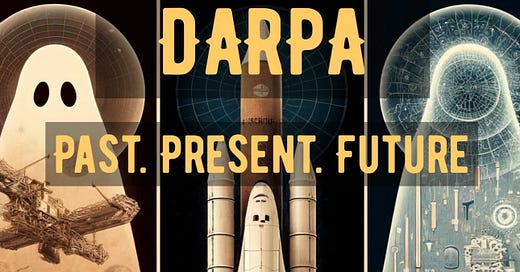




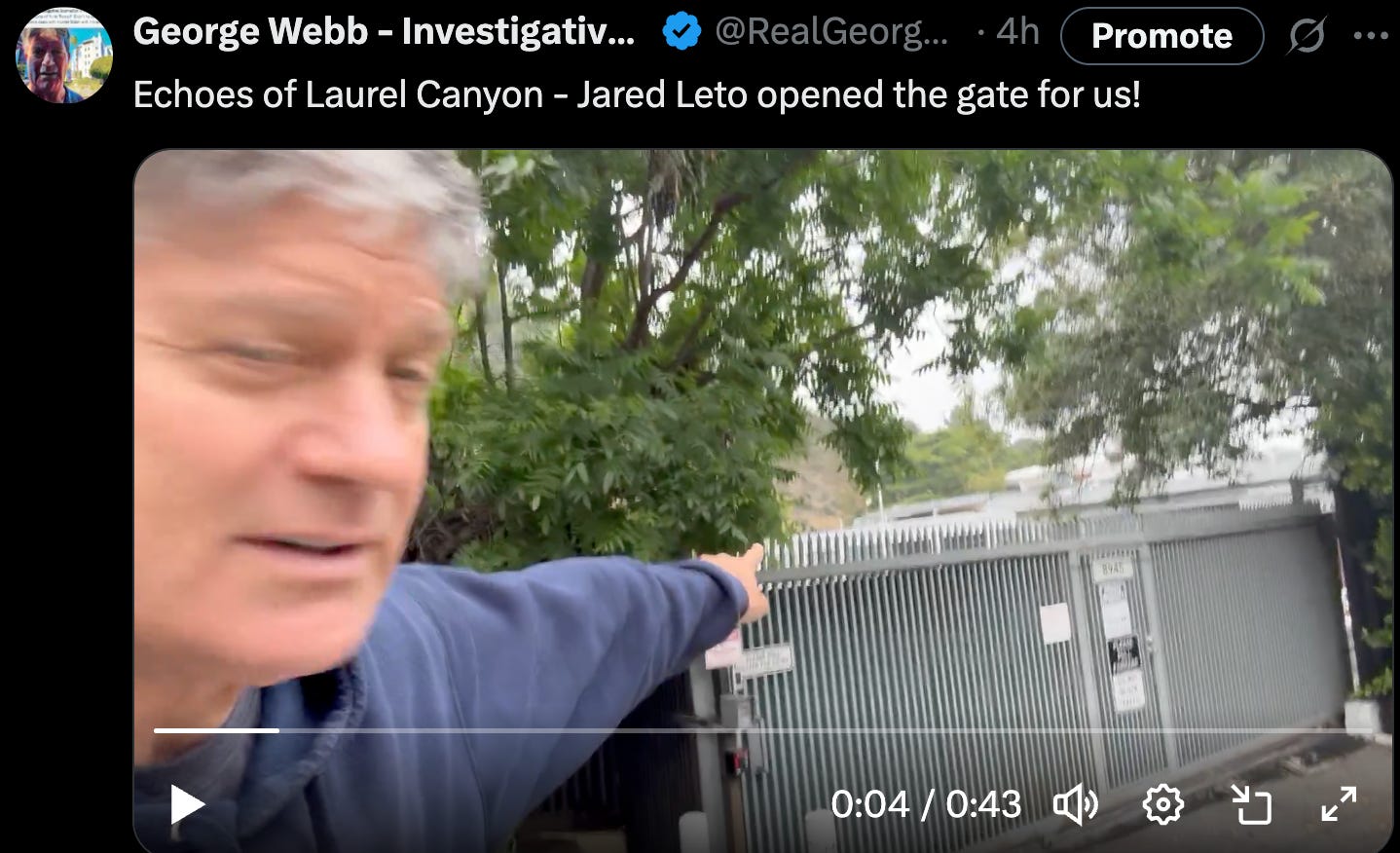




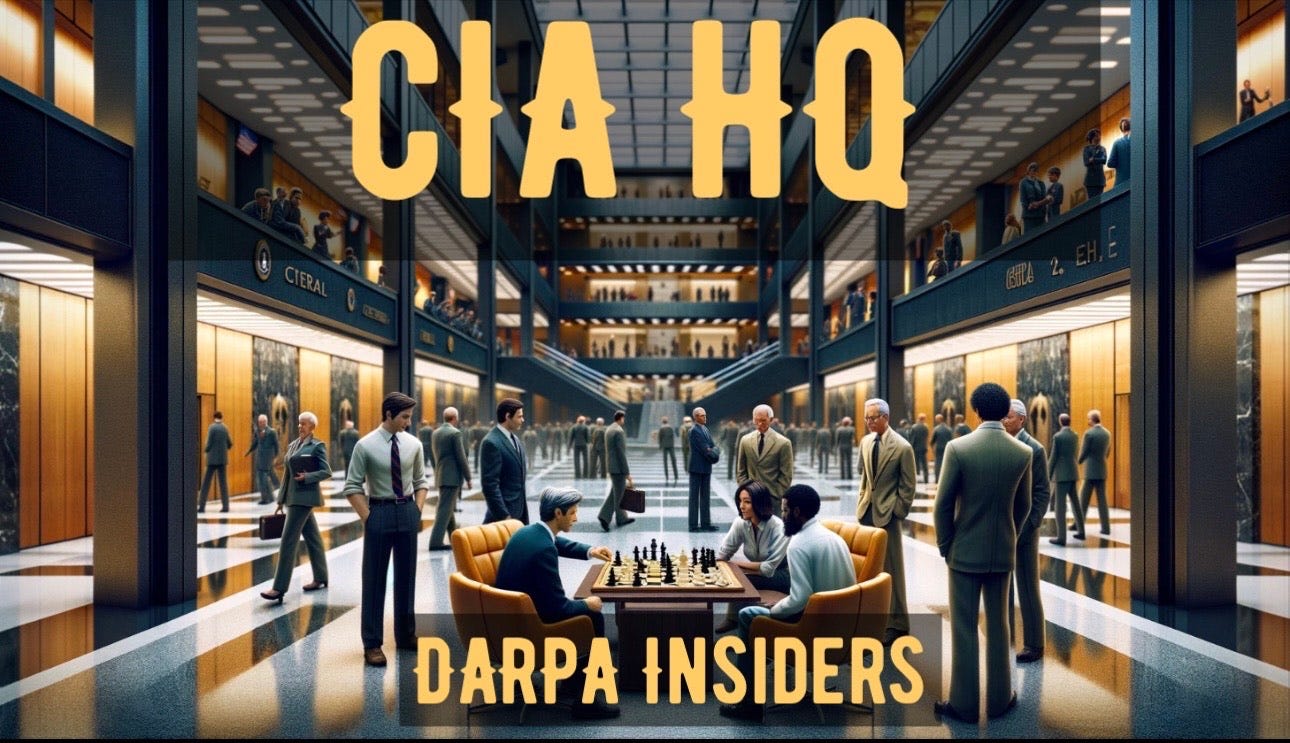
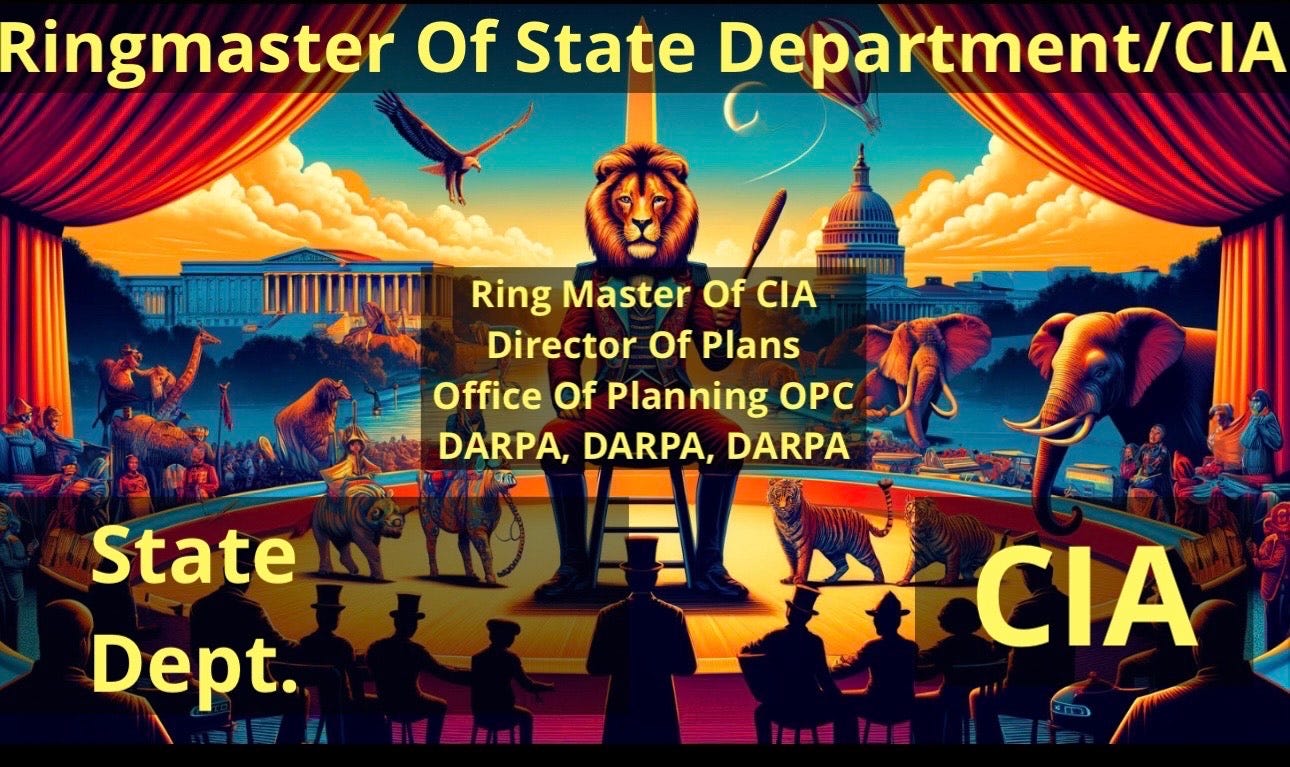
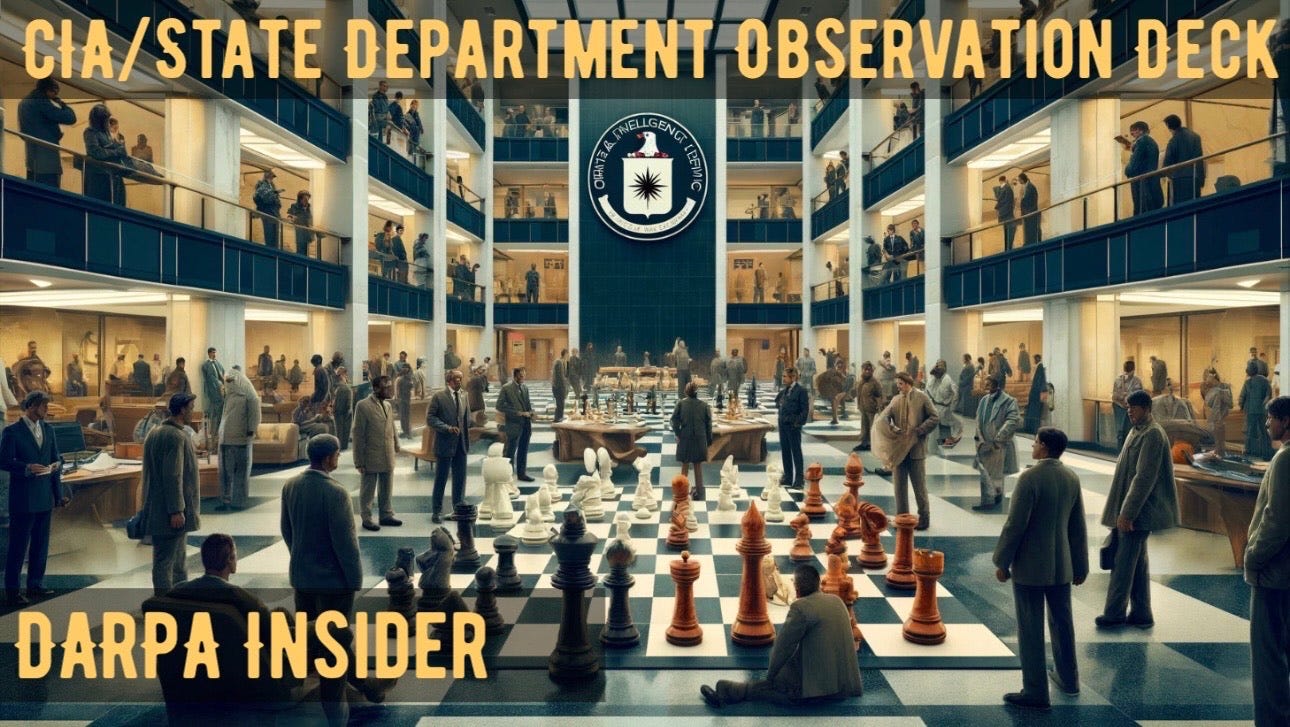

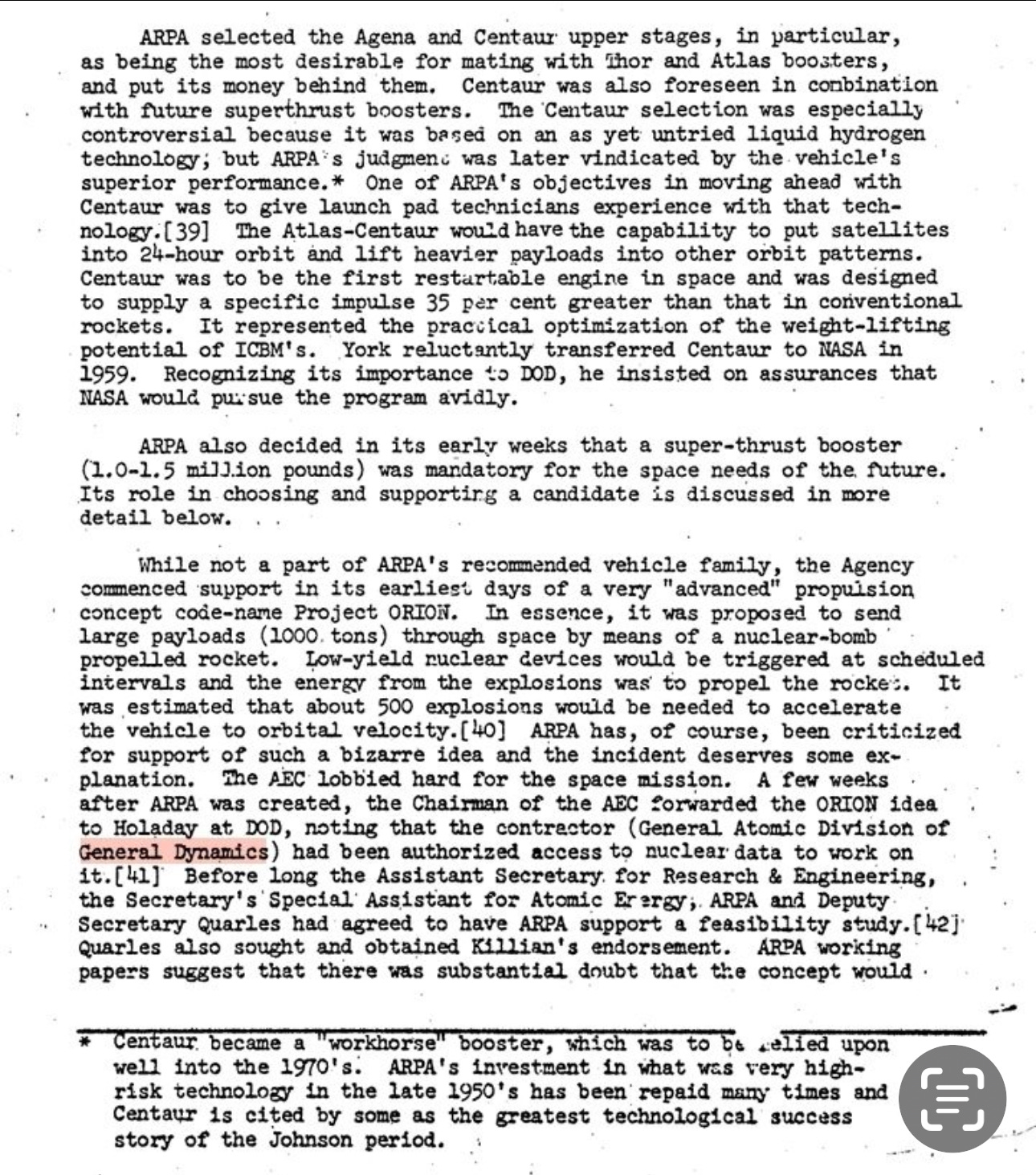




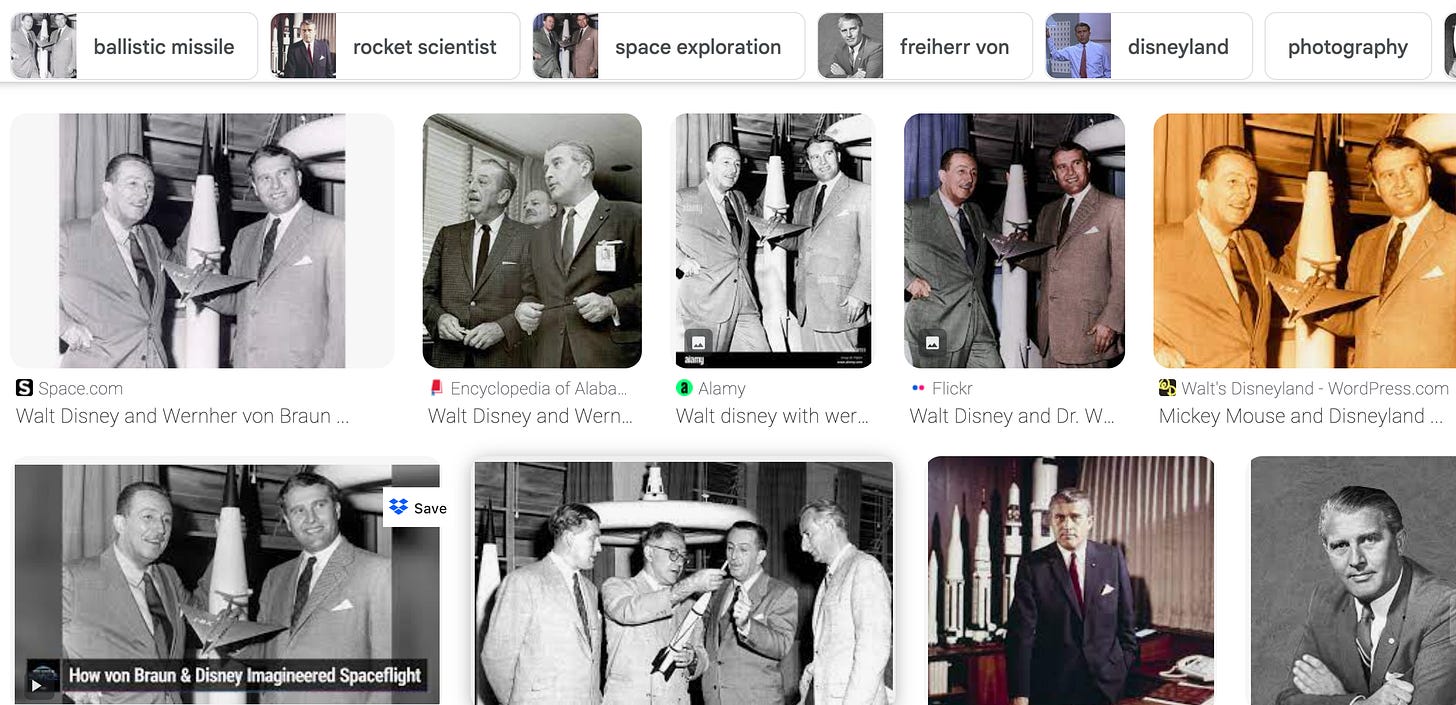
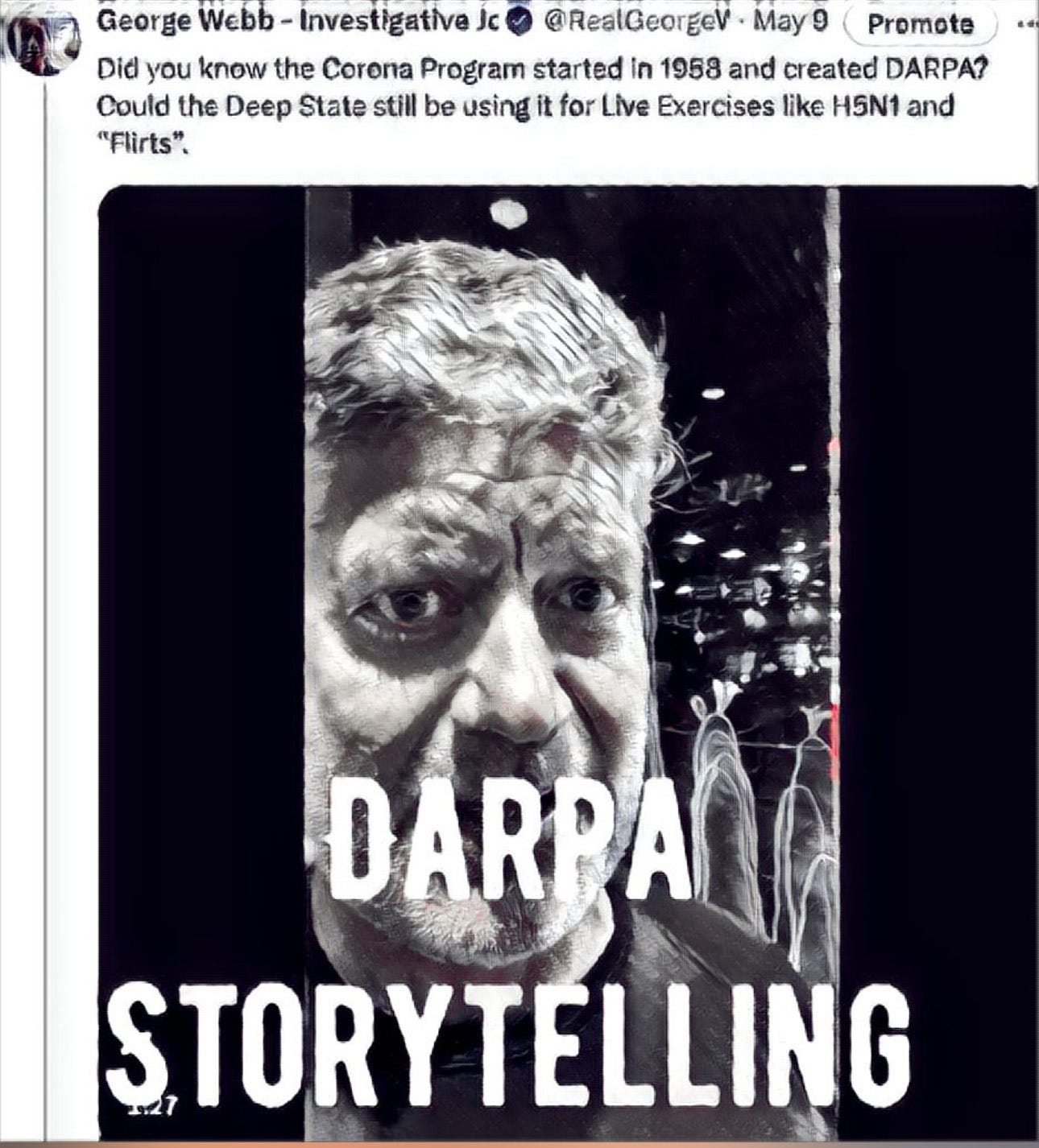
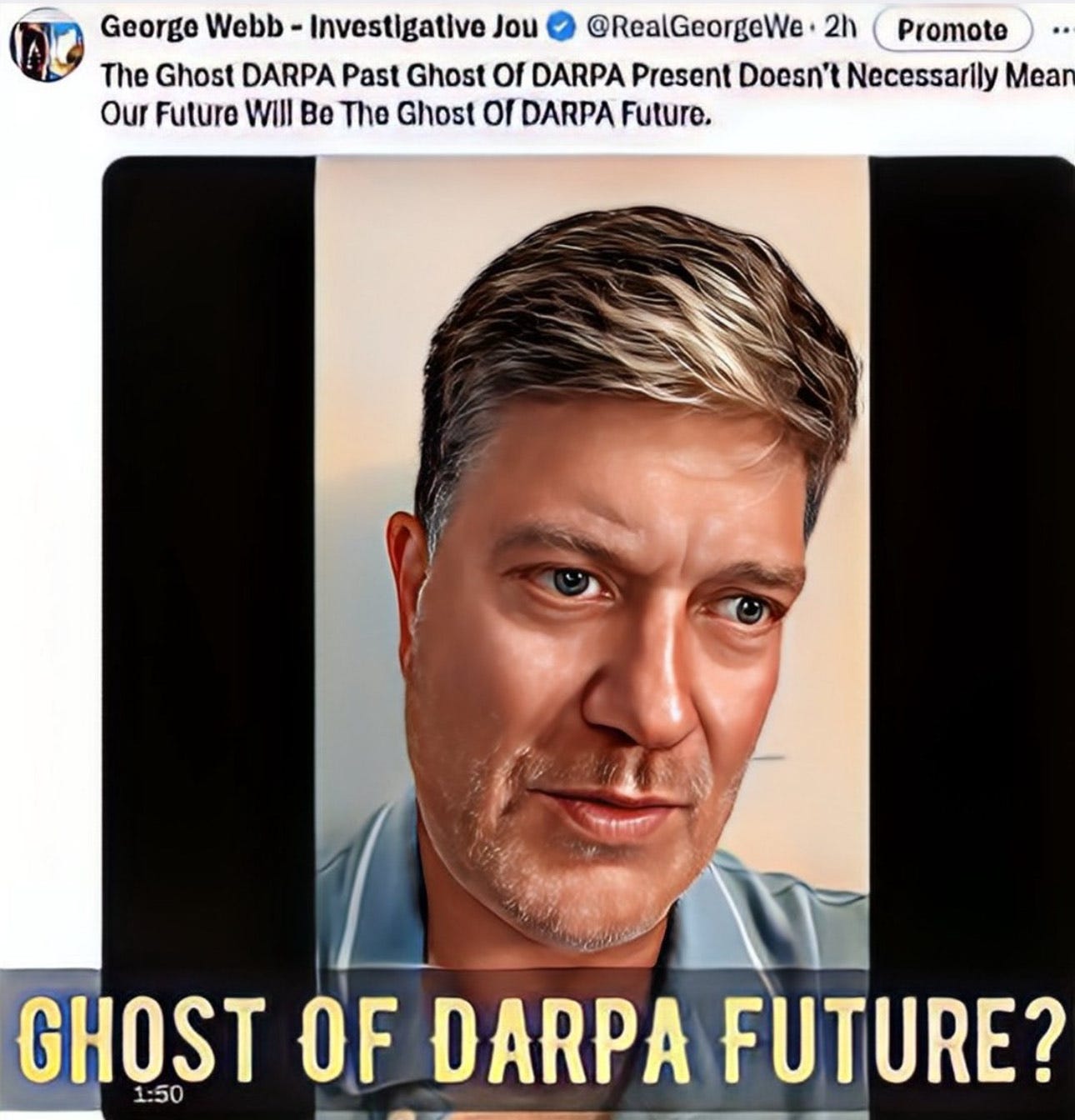
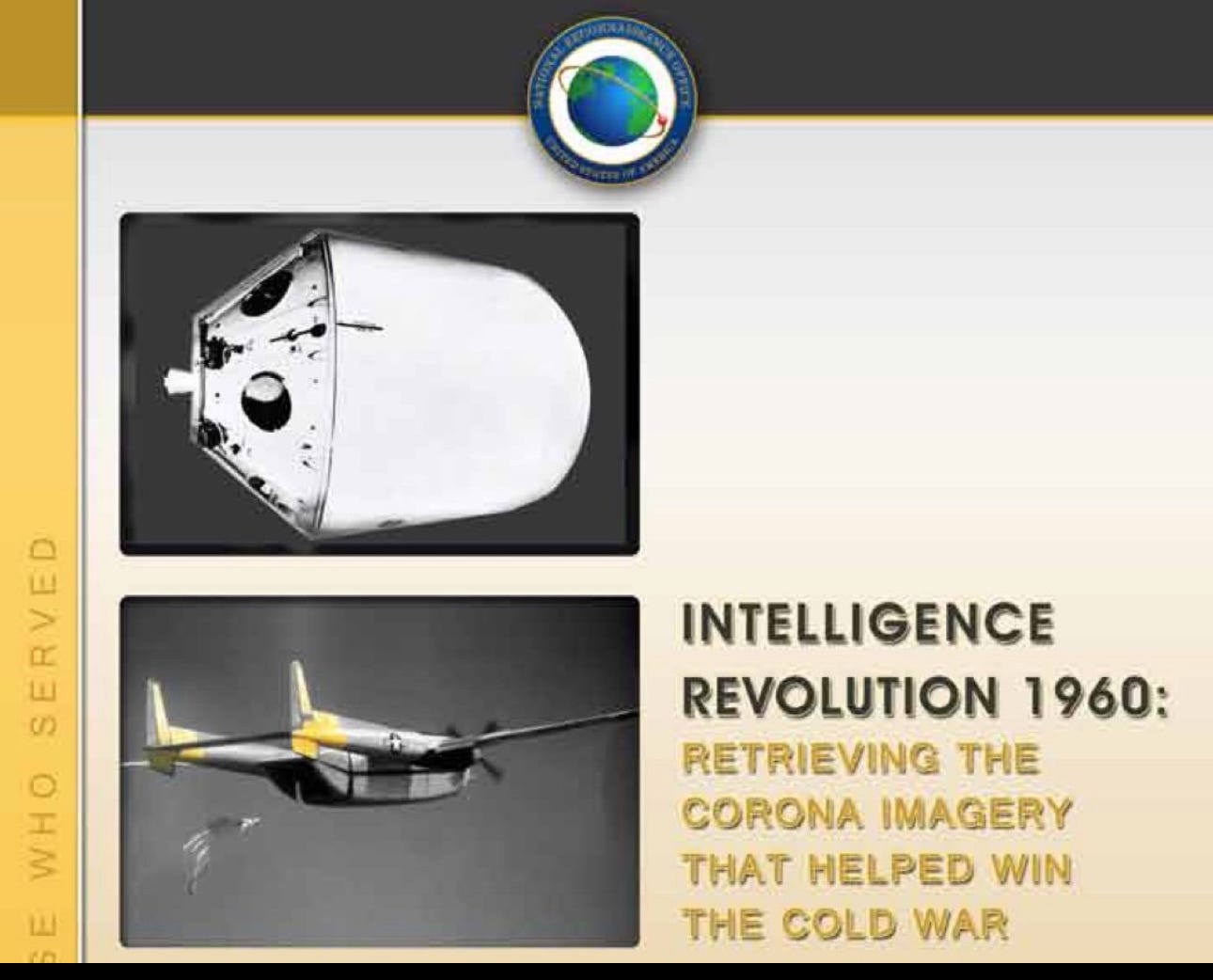
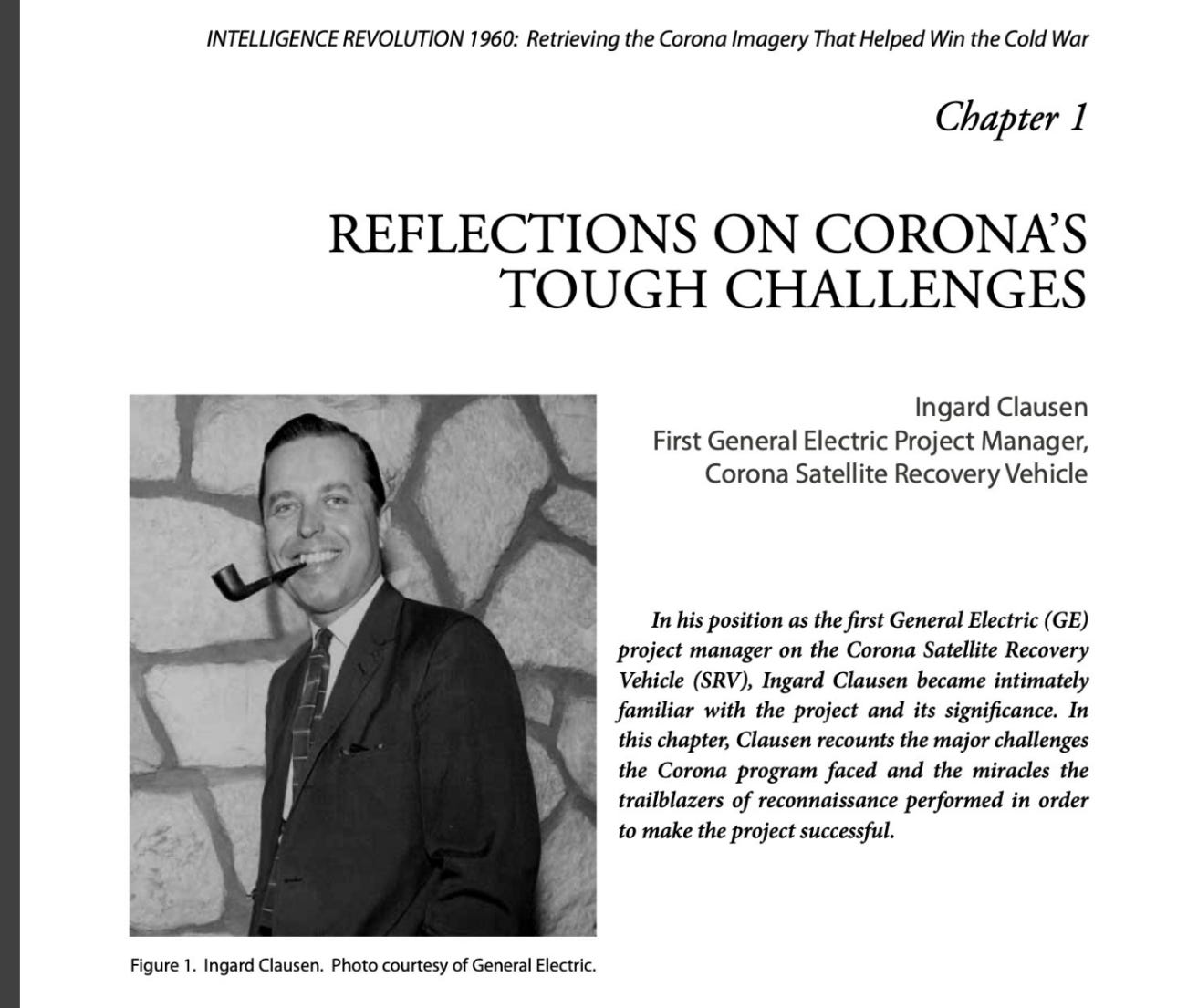
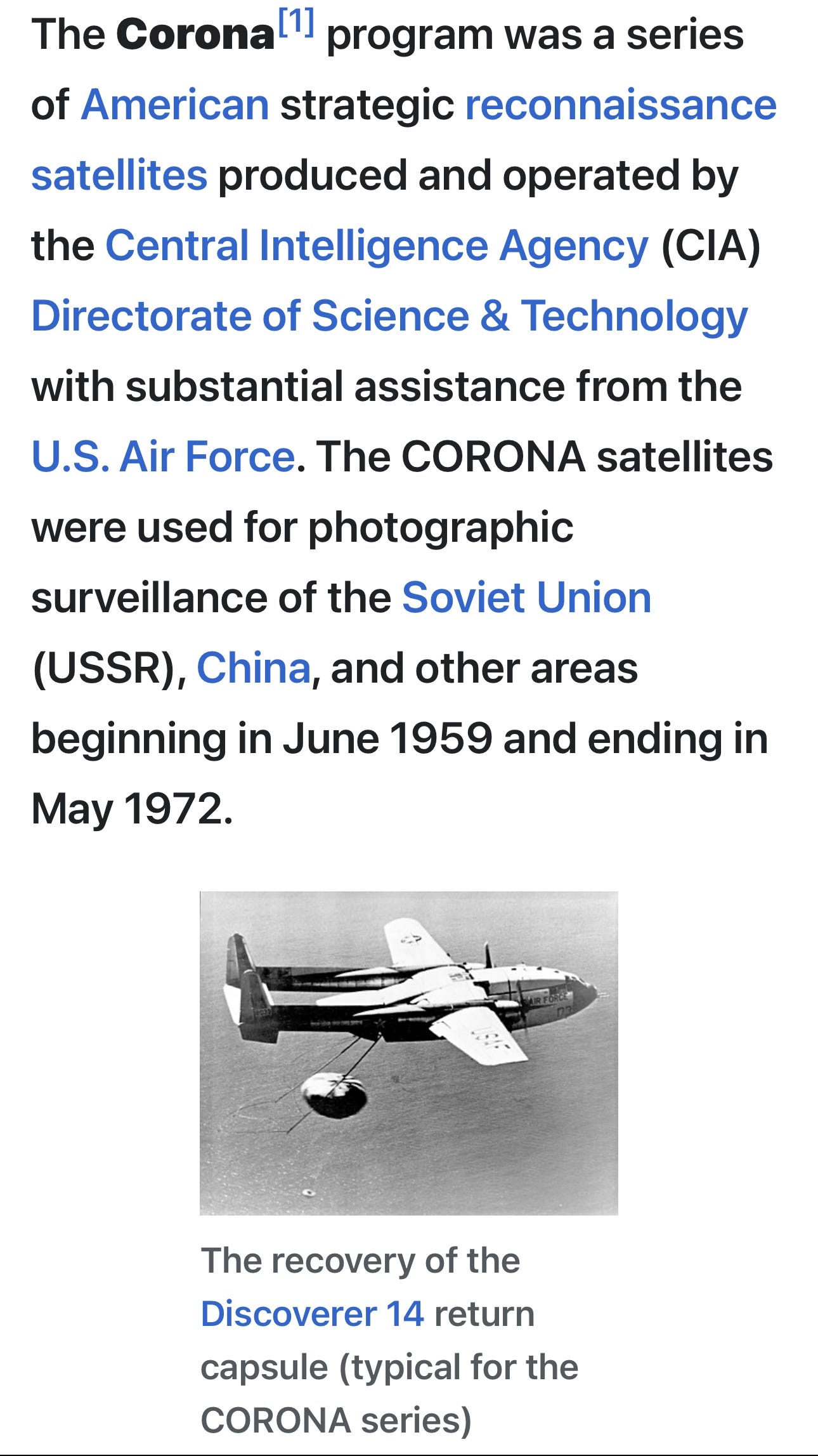
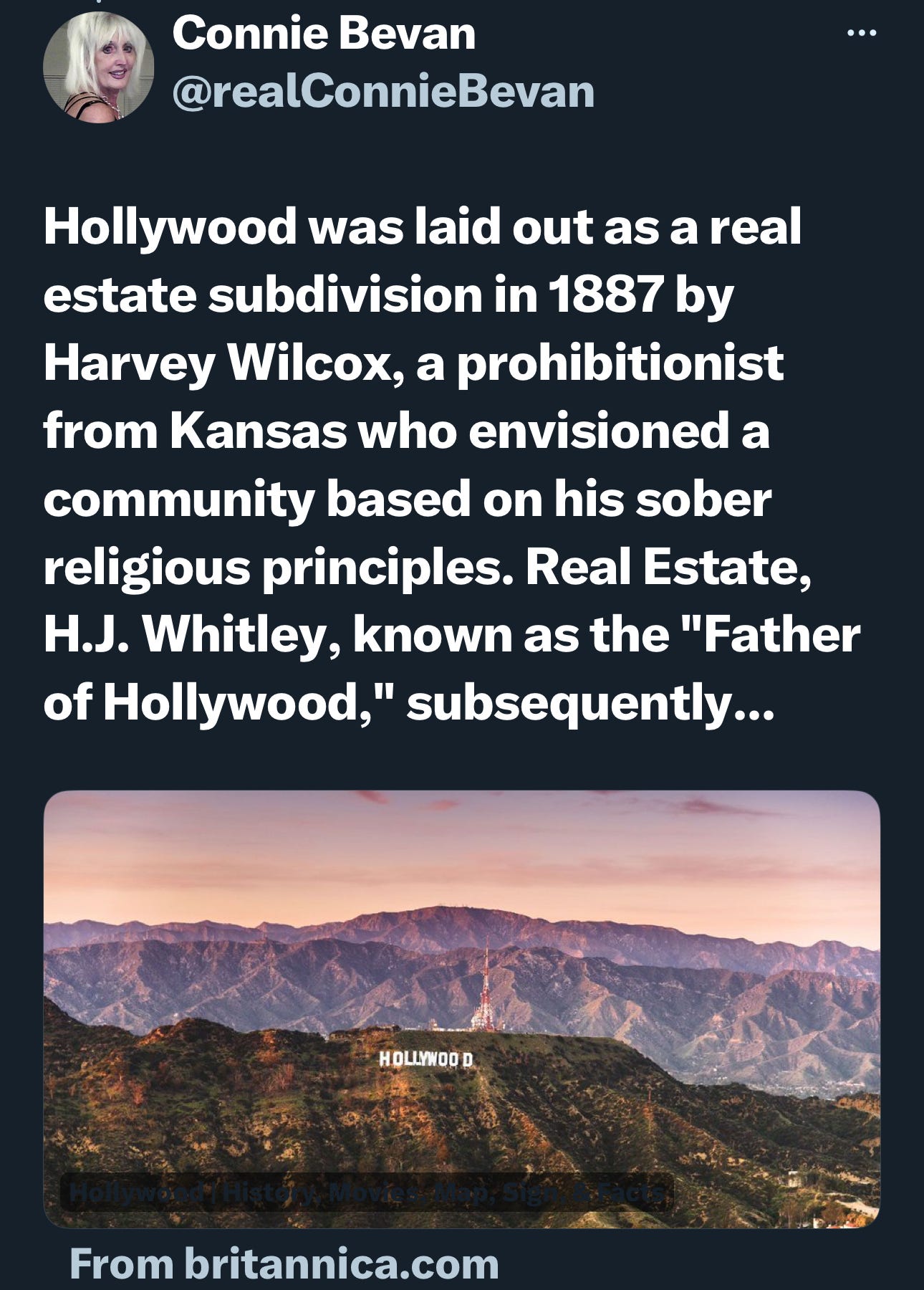
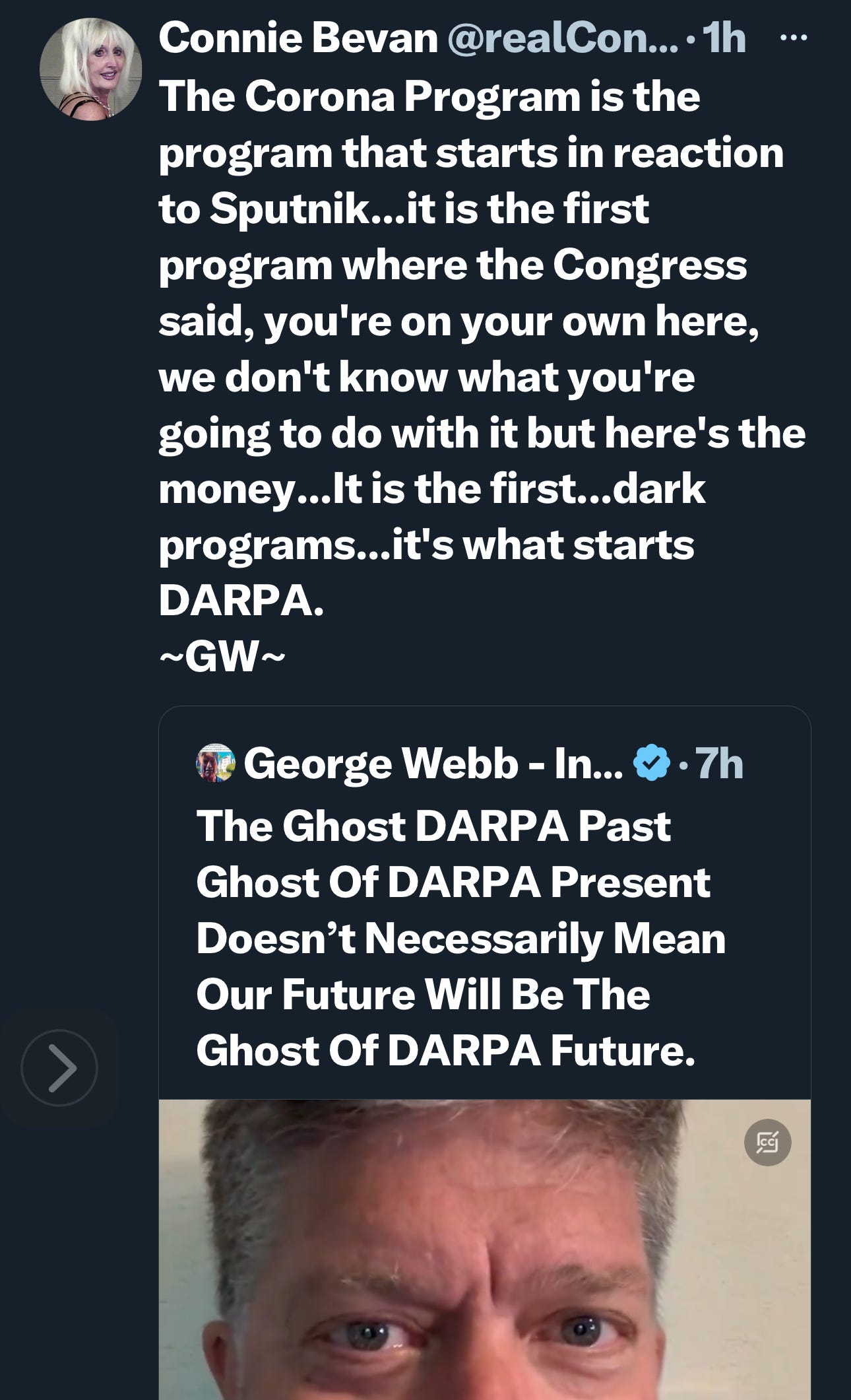
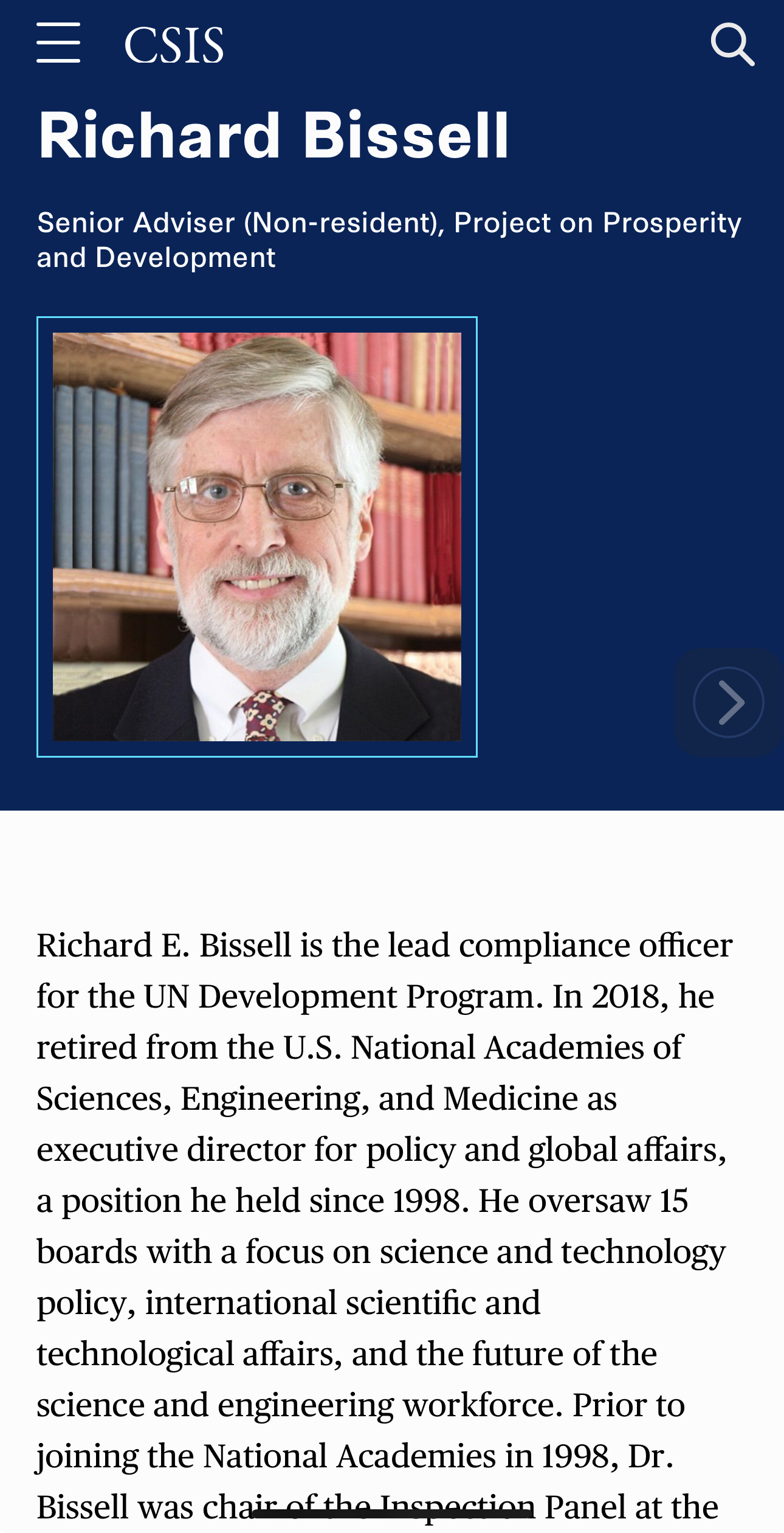
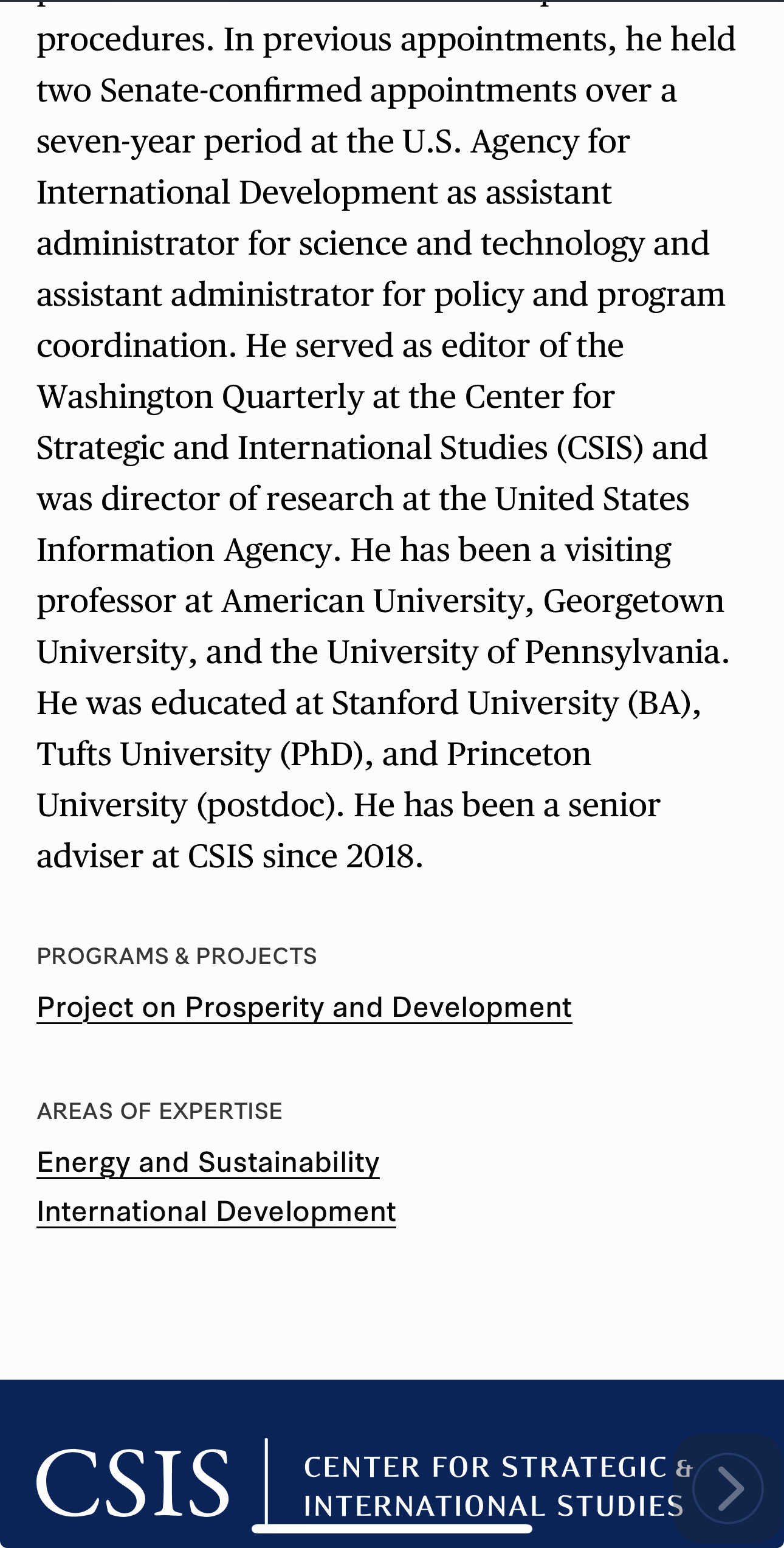


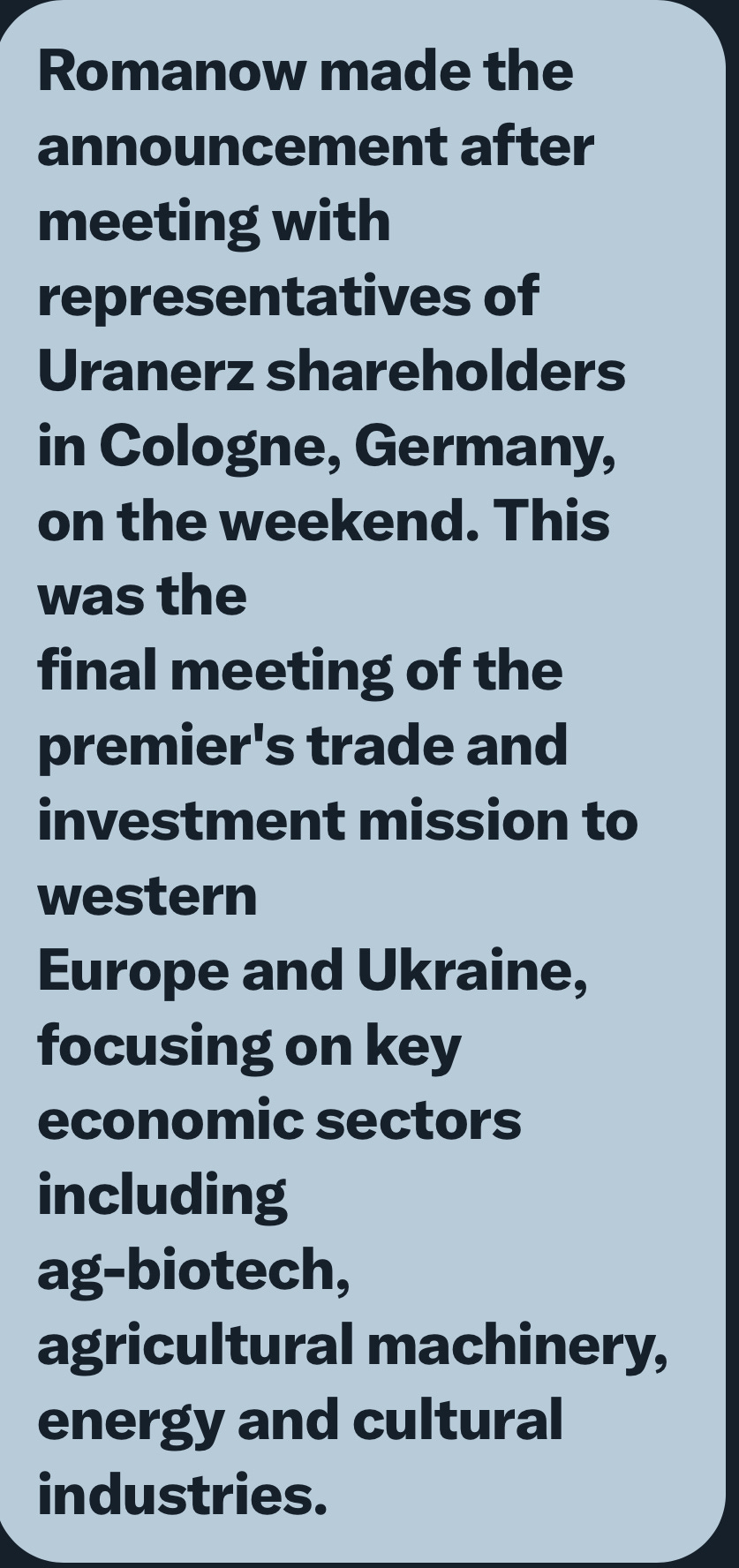
What a series! I'm looking forward to your next disclosures. Although, I do wonder why you're repeating this 'mass formation psychosis', over and over, as if Matias Desmet's theory would be appropriate to apply here. What is it your are trying to say, using this rather strange theory. I don't get it how much I ever try and try! (Yes I have read Desmet's book.)
IT'S ALL part of the Secret Space Program....